Florian Leonhard shares some insights from recent investigations of a freshly re-discovered volume of archives, which mainly focus on the presence of Andrea Guarneri (1623-1698) and his sons
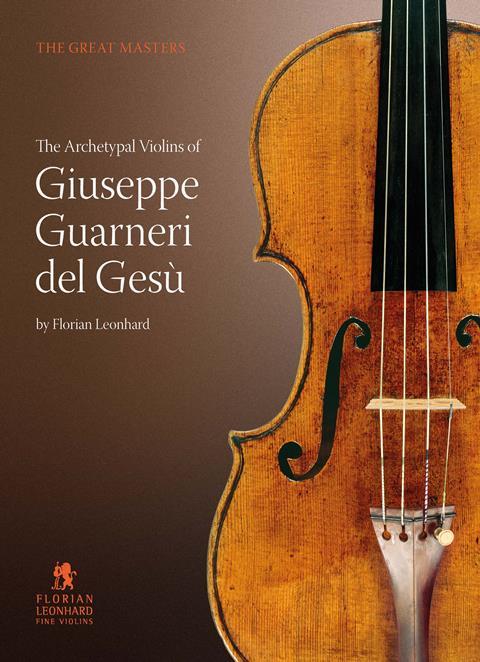
Discover more lutherie articles here
In the preface of their book dedicated to the Guarneri dynasty, the Hills expressed gratitude to the late Italian scholar Giovanni Livi, who had died the year before the publication of their second monograph. Giovanni Livi, an esteemed Italian historian, had been the director of the State Archives in Brescia and Bologna. Additionally, he had been the Hills’ leading researcher in Italy as early as the 1890s. The Violin-Makers of the Guarneri Family (1626-1762) was a groundbreaking volume for the field, as the research carried out at that time made it possible to outline the lives of the main members of the Guarneri family. This volume set the stage for the in-depth studies conducted in the following years.
Thanks to Livi’s collaboration and research work, the Hills were able to elucidate the true identity of ‘del Gesù’ and unearth information that remains a cornerstone for this family of Cremonese craftsmen. Livi explored various Italian archives in Cremona, but a substantial part of his research was conducted using the parish registers of San Matteo. Unfortunately, a significant volume of these archive fonds (the grouping of archival records) vanished after the publication of the Guarneri monograph. Astonishingly, it has recently resurfaced after nearly a century, with no scholarly attention bestowed upon it during this period.
During the course of researching my latest volume, dedicated to Bartolomeo Giuseppe Guarneri, known as ‘del Gesù’, my team had the opportunity to examine not only this recently resurfaced volume, but also the entire archive fonds of San Matteo, which are of fundamental importance for the study of the family milieu of the great Cremonese violin-makers of the 17th and 18th centuries. It can therefore now finally be confirmed after nearly a century, that the facsimiles published by the Hills, originate from these highly important rediscovered records. Through this brief article, I aim to share some insights from our recent investigations, which mainly focus on the presence of Andrea Guarneri (1623-1698) and his sons in the aforementioned rediscovered volume.
In 1652, Andrea Guarneri married Anna Maria Orcelli, a native of the San Matteo parish. This parish was not far from the Amati home, where Andrea had certainly lived since 1641, except for a brief absence between 1646 and 1649. Andrea was one of Nicolò Amati’s leading apprentices, and Andrea and his young wife lived with him for a few years. Subsequently, they relocated to a house bestowed as part of Anna Maria’s dowery, situated in the San Matteo area very close to that of Nicolò Amati. From 1654, the young couple’s presence was documented in the registers of San Matteo and precisely in the Status Animarum. These parish censuses were compiled once a year, usually around Easter, by the parish priest in charge. As the years passed, the Status Animarum began to include the young couple’s children as well.

In Casa Guarneri, Andrea’s sons were born and baptised in San Matteo, including Pietro and the youngest, Giuseppe, born in 1666. Both Pietro and Giuseppe were later trained as violin makers and musicians. The recently rediscovered volume, which traces their baptisms, plays a crucial role in the present research. Notably, in Pietro’s case, the godfathers included members of the Cremonese nobility, reflecting the various connections Andrea cultivated with them over the years.
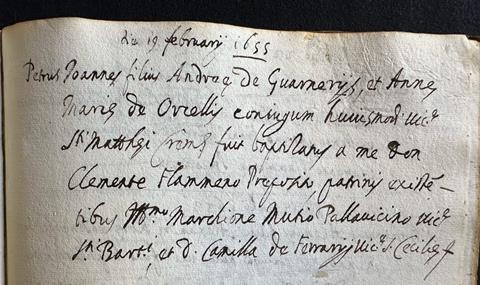

Pietro, born in 1655, is the renowned Pietro of Mantua, documented in the San Matteo census only until 1679. Having married in 1677, he soon became a widower. Subsequently, he decided to move to Mantua, where he balanced his professional pursuits as a violinist, luthier, and a merchant of strings. In the recently rediscovered volume, details emerge about his first wife and their son, who passed away shortly after birth.

Coinciding with Pietro’s move to Mantua, another protagonist of the history of violin-making of this city, Antonio Stradivari, also moved to this area of Cremona.
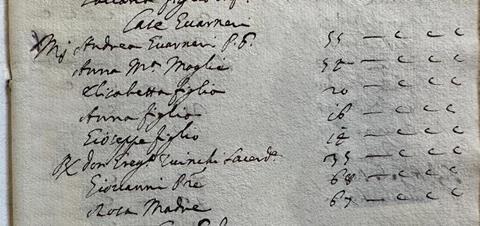
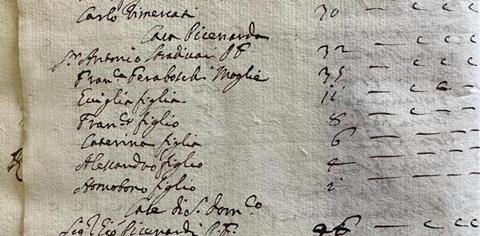
Andrea ran the Guarneri shop from 1680, with the assistance of the young Giuseppe, who would inherit his father’s workshop upon Andrea’s death. In 1690, Giuseppe married Barbara Franchi and, like his father before him, spent the rest of his life in the Guarneri house. Just as it had been for Andrea, who died in 1698, Giuseppe’s children were born within these walls. Among them were three sons , all destined to follow in their father’s footsteps as accomplished violin makers. Unfortunately, Andrea, born in 1691, passed away very young in 1706, while Pietro and Bartolomeo Giuseppe, who would later become renowned as ‘Del Gesù’, persevered in their father’s craft. The records of Giuseppe’s sons’ baptisms can also be found in the recently rediscovered volume.

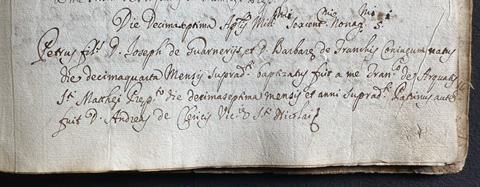

Giuseppe’s children experienced their formative years in this area of the city of Cremona, immersed in its economic environment. As the Hills have previously detailed, the Guarneri house, situated in Piazza San Domenico, served as one of the traditional focal points for the thriving trade in stringed instruments of Cremona. The connection between ‘Del Gesù’, San Domenico Square, the parish of San Matteo, and its inhabitants, constitutes another chapter in the history of the Guarneri family. The details of this relationship are extensively explored in my forthcoming book, currently in the final editing phase ready for publication in the coming months.
Photographic reproduction of the documents was authorised by the Diocese of Cremona - Office for Cultural Heritage (no. 1775/BCE/U/2023)
Pre-order The Archetypal Violins of Giuseppe Guarneri del Gesù here: https://www.florianleonhard.com/product/archetypal-violins-guarneri-del-gesu/
Read: 1709 ‘King Carlos IV’ Stradivari violin: A crown jewel
Read: The Strad Calendar 2024: 1737 ‘Panette’ Guarneri ‘del Gesù’ violin
Read more lutherie articles here
An exclusive range of instrument making posters, books, calendars and information products published by and directly for sale from The Strad.
The Strad’s exclusive instrument posters, most with actual-size photos depicting every nuance of the instrument. Our posters are used by luthiers across the world as models for their own instruments, thanks to the detailed outlines and measurements on the back.
The number one source for a range of books covering making and stinged instruments with commentaries from today’s top instrument experts.
American collector David L. Fulton amassed one of the 20th century’s finest collections of stringed instruments. This year’s calendar pays tribute to some of these priceless treasures, including Yehudi Menuhin’s celebrated ‘Lord Wilton’ Guarneri, the Carlo Bergonzi once played by Fritz Kreisler, and four instruments by Antonio Stradivari.
























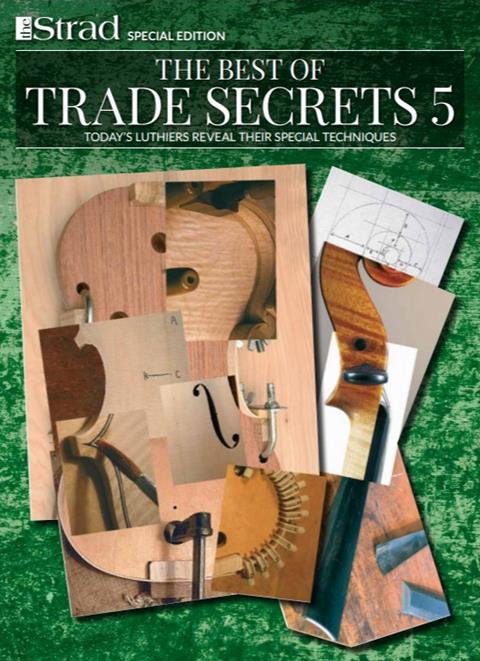




















No comments yet